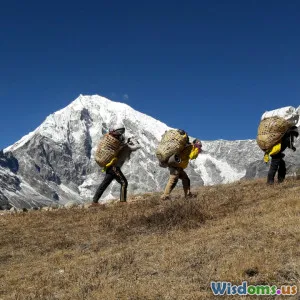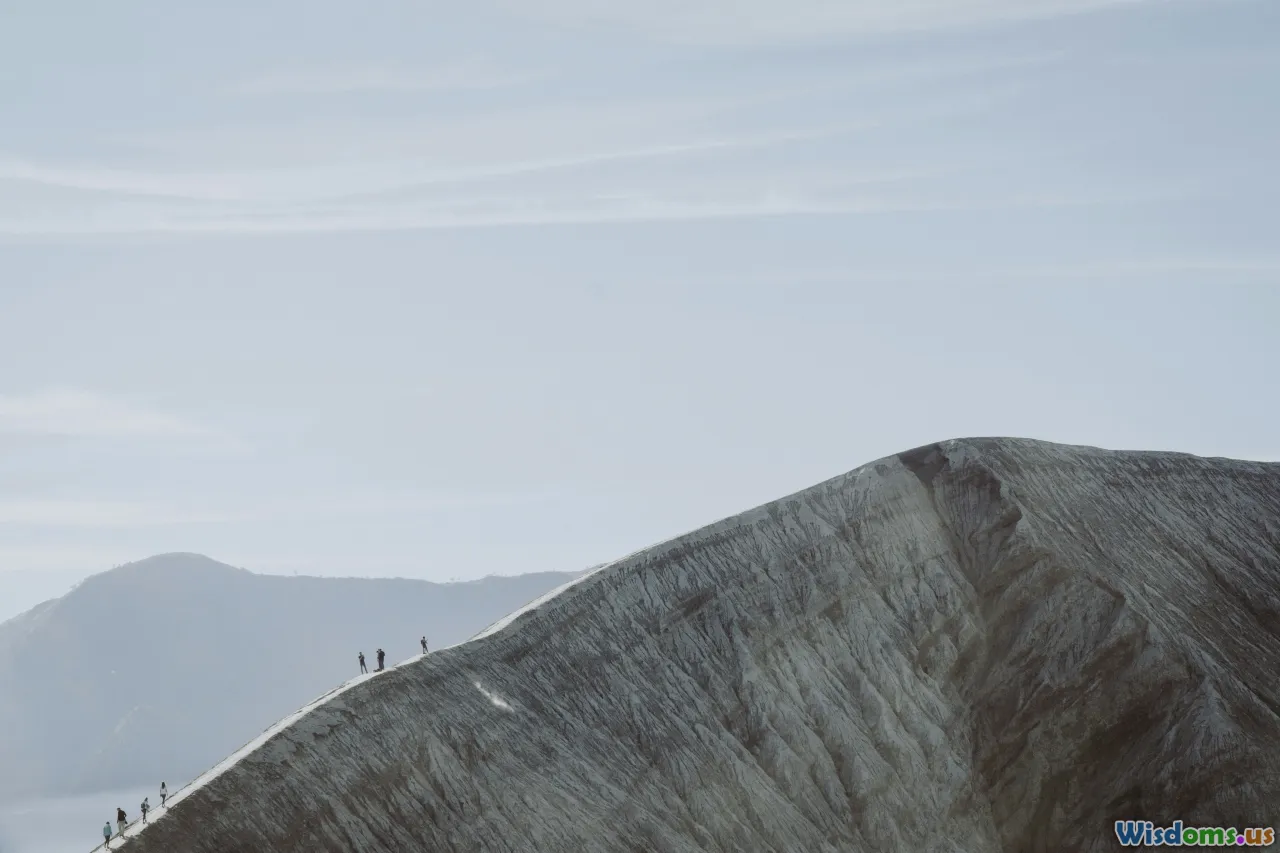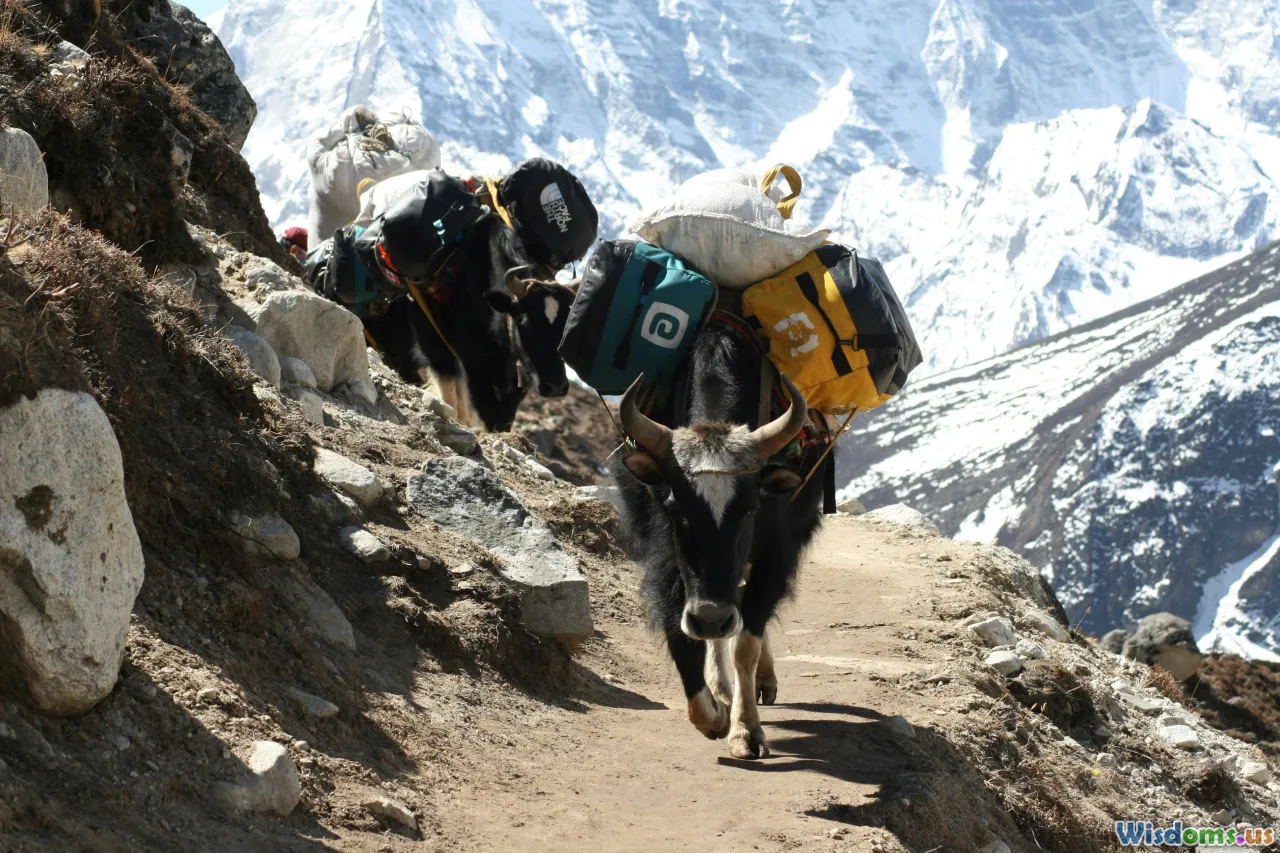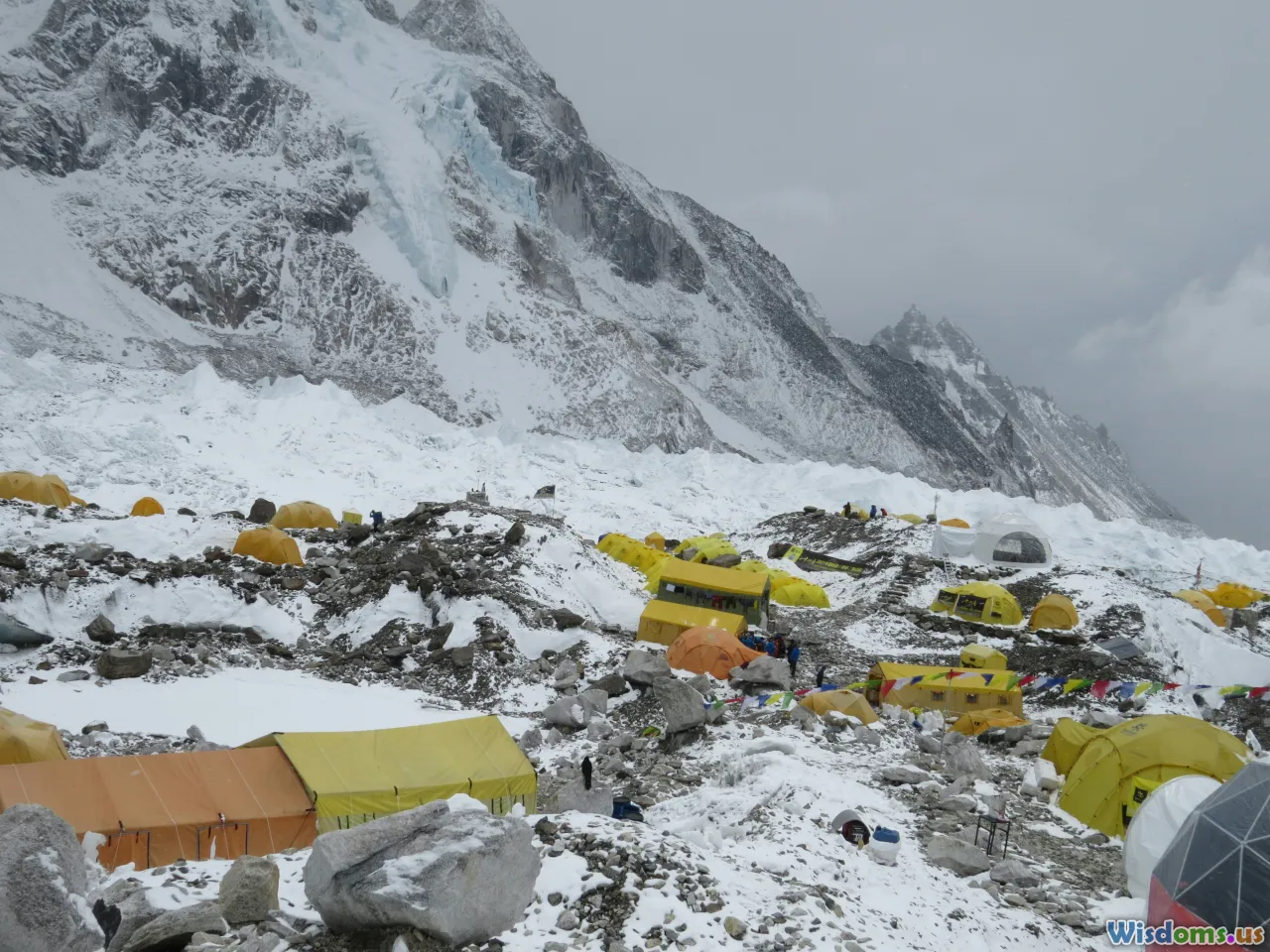
What Hiking Everest Taught Me About Team Management
14 min read Lessons from Everest about effective team management, leadership, and resilience. (0 Reviews)
What Hiking Everest Taught Me About Team Management
High-stakes environments teach us much about our own resilience, but even more about the dynamics of effective teams. Hiking Mount Everest was never just about reaching the summit. It was, ultimately, about understanding the intricate web of collaboration, risk, and purpose that sustains high-performing teams—even in the face of overwhelming odds. As a team manager today, the harsh lessons I learned above 20,000 feet prove just as relevant in the boardroom as on the icefall.
The Power of Shared Purpose

Every Everest expedition begins with a simple, yet audacious, goal: reach the summit and return safely. Diverse team members—climbers, Sherpas, guides, and logistics staff—all buy into that shared mission. I witnessed firsthand how this mutual commitment fostered trust, muted egos, and aligned individual efforts with what truly mattered: collective survival and success.
In team management, shared purpose is equally crucial. Leaders must clarify why the journey matters. During our summit bid, we banished ambiguity—regular team briefings transformed a disparate group into a single unit where everyone grasped the stakes. This unity made difficult decisions, such as who would continue up the Lhotse Face during a sudden storm, less fraught with dissent. Back at the office, it means reiterating the mission and aligning KPIs, so everyone is pulling in the same direction.
Actionable Advice:
- Articulate the mission to every team member.
- Revisit the purpose during stressful milestones, not just at project kick-off.
- Celebrate progress, just as camp milestones are celebrated on the mountain, to reinforce cohesion.
Communication is a Lifeline

On Everest, a misunderstanding is often more dangerous than a crevasse. At Camp Two, when a teammate developed high-altitude sickness, rapid, precise communication mobilized resources and arranged for a safe descent. Miscommunication, I realized, could have led to disaster—but transparency built trust, even under pressure.
In team management, this experience reinforced my commitment to building open communication channels. I encourage:
- Regular check-ins: Like twice-daily radio calls on the mountain, project standups and retrospectives ensure everyone is heard.
- Crisis protocols: Just as we practiced icefall evacuations, every team should run through crisis communication drills, so when problems hit, responses are rapid and coordinated.
- Cultural sensitivity: On Everest, climbers hailed from a dozen countries. In the workplace, diverse backgrounds mean different assumptions—leaders should foster an environment where all voices are welcomed and understood.
Example: After Everest, I overhauled my team's internal chat protocol, clarifying processes for reporting issues and flagging blockers. Morale improved, and so did response times during product launches.
Adaptive Leadership in Extreme Conditions

Weather on Everest is infamously unpredictable. Plans change. At 26,000 feet on the South Col, a sudden storm forced immediate reevaluation. Our expedition leader pivoted quickly, halting our ascent just hours from the summit—potentially saving lives.
Adaptability is just as critical in corporate teams—especially in fast-changing industries. Leaders must both set direction and give frontline members autonomy to respond in real time. Rigid adherence to the original plan, whether in the Death Zone or during a product rollout under market pressure, often spells disaster.
Key Takeaways:
- Create flexible frameworks, not rigid rules.
- Encourage team members to surface bad news without fear.
- When conditions shift, reevaluate goals openly and often.
Concrete Example: In 2021, I drew on Everest lessons during a surprise competitor product launch, pivoting resources within a week—an agility that industry peers lacked.
The Load Must Be Shared

Everest climbers rely on each other and on Sherpas to carry immense loads—literally and figuratively. The principle is simple: no one gets to the top alone. At base camp, we split gear and delegated roles according to strength and expertise. Older climbers took on logistical tasks; the most acclimatized carried extra oxygen canisters.
Effective delegation in team management mirrors this. Misallocation of tasks leads to burnout or failure. Leaders must:
- Assess strengths honestly.
- Divide tasks to match skills and well-being.
- Recognize and reward all contributors, visible and unseen—just as lore celebrates Sherpas alongside summiteers.
Tip: Hold regular "equipment checks"—review team workloads and redistribute as necessary, preventing silent overburden.
Resilience Under Pressure

My lowest Everest moment came before the Khumbu Icefall at 4 a.m.—frozen fingers, little oxygen, and deep fatigue. What kept our team moving was not individual bravado, but the collective resilience we’d built. We told stories, checked on morale, and respected exhaustion, turning breaks into opportunities for encouragement rather than pushing through mindlessly.
Resilience at work is cultivated similarly:
- Normalize vulnerability: It’s okay to admit difficulty; it signals an environment of trust.
- Routine debriefs: Discuss setbacks candidly—like recapping hazardous climbs, learn from mistakes.
- Build collective rituals: Everest teams share tea at dawn; work teams might kick off with a gratitude round. Rituals shore up mental reserves against both setbacks and successes.
Example: Post-Everest, I introduced "failure spotlights" in monthly meetings. This shifted us from finger-pointing to growth, improving team satisfaction scores by 22% in one year.
Diverse Perspectives Create Strength

Everest expeditions attract climbers worldwide—Polish endurance athletes, IT professionals from Japan, Sherpa guides with generations of local wisdom. These vantage points were invaluable: one Sherpa’s knowledge of hidden crevasses steered us safely past dangers unknown to Western teammates.
Embracing diversity in management isn’t just ethical; it’s strategic. Variety in experience, thinking, and background builds resilience against unforeseen challenges and uncovers better solutions.
Action Steps:
- Seek diverse hires and empower inclusive participation.
- Rotate team leads on projects, reflecting Everest's informal leadership changes during specific technical sections.
- Credit innovative ideas to their sources, inspiring others to contribute.
Concrete Data Point: Companies with high management diversity are 35% more likely to deliver above-average profitability, according to McKinsey’s 2020 report—a truth every Everest survivor intuits.
Preparation Meets Opportunity

Before setting foot on the mountain, summit teams spend over a year preparing: physical training, gear checks, team bonding, and contingency planning. At base camp, we plotted backup routes and practiced using every tool.
In management, this translates into rigorous project planning, risk assessment, and contingency mapping. Teams that rehearse for potential failures are less likely to be derailed when the unexpected arises.
Practical Steps:
- Pilot new initiatives with limited stakes, just as acclimatization climbs precede summit pushes.
- Document processes and playbooks; update them with every cycle.
- Perform "pre-mortems"—anticipate what could go wrong, and safeguard against those fates.
Example: My teams now run quarterly mock-crises. Like a simulated crevasse rescue, they bolster our readiness for product outages or PR mishaps.
Trust Is Built, Not Inherited

Summiting Everest requires placing your life in teammates’ hands—not once, but repeatedly. Over time, trust is forged through shared hardship, reliability, and mutual support. I trusted my rope partner only after witnessing his calm under pressure at a failed ladder crossing.
At work, trust doesn't arise from a job title or past achievements—it comes from daily demonstration. Let team members see your vulnerability, fulfill promises, and own up to mistakes. Empower them to support each other, above hierarchical lines.
Manager’s Checklist:
- Honor commitments, large and small.
- Give credit and accept blame as appropriate.
- Encourage risk-taking within safety nets; use mistakes as teaching, not punishment.
Data Point: Teams with high internal trust, per Google’s Project Aristotle, outperform low-trust groups by as much as 50% in key productivity metrics.
Breakthroughs Are a Group Achievement

While the world celebrates the photo of a solo climber on the Everest summit, it's always a shared victory. Dozens of unheralded people undergird every successful ascent—gear porters, camp cooks, meteorologists, and rescue teams. Recognition is often uneven, but true leaders keep the full tapestry in view.
Managers should:
- Publicly acknowledge unsung contributors.
- Share success stories broadly, not just within core teams.
- Rotate opportunity and highlight new leaders, much as successful expeditions feature different faces at the front during various stages.
Company Example: After Everest, I implemented rotating "team hero" awards—ensuring receptionists and QA engineers received the limelight alongside salespeople and developers.
The Return: Lessons in Practice

Perhaps the most profound lesson from the mountain was learned after returning to base camp. Processing setbacks, recalibrating ambitions, and reintegrating into daily life mirrors the post-milestone phase of major projects. Endings—and what comes after—matter as much as beginnings.
I now prioritize:
- Reflection time: Schedule post-project pauses for learning and discussion.
- Wellbeing check-ins: Like our follow-ups to monitor altitude sickness, regular team feedback keeps pulse on morale.
- Continuous evolution: What worked above 8,000 meters may need adjustment at sea level; avoid assuming success formulas are fixed for all contexts.
In the end, managing teams is less about scaling individual peaks, and more about traveling through shared, turbulent landscapes—together. Himalayan winds and deadlines aside, the summit mindset is a daily practice, shaped by humility, courage, and commitment to each other. That’s a lesson no mountain can take away.
Rate the Post
User Reviews
Other posts in Expedition Leadership
Popular Posts
















